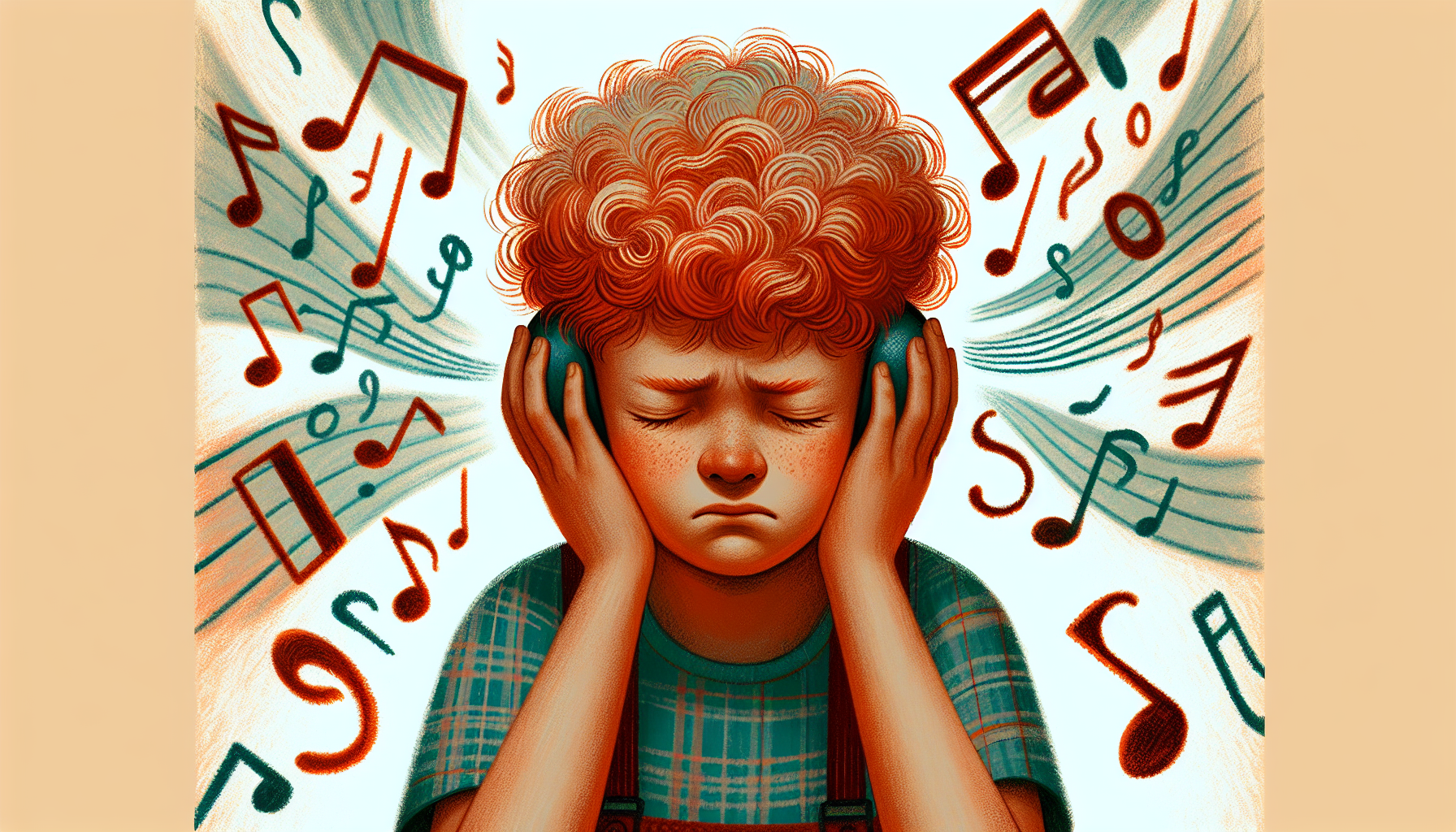Sensory Processing Disorders (SPDs) are a complex set of conditions that affect how the brain interprets sensory information, such as touch, sound, and sight. Individuals with SPD may experience an oversensitivity or undersensitivity to sensory stimuli, which can significantly impact their day-to-day activities and overall quality of life. This article will explore the nature of SPDs, their effects on daily life, and strategies to manage their impact.
Understanding Sensory Processing Disorders
Sensory processing is a critical function of the nervous system that enables individuals to respond to their environment in an appropriate manner. It involves the processing of sensory input from various sources, including the eyes, ears, skin, and internal body sensors, which is then integrated and organized by the brain to produce a coherent picture of the world.
When this process is disrupted, as it is with SPD, individuals may find common sensory experiences overwhelming or may not react to them at all. This can manifest in various ways, depending on the individual and the type of SPD they have. For instance, some may be unable to tolerate the feeling of certain textures or the sound of specific frequencies, while others may seek out intense sensory experiences to satisfy their need for stimulation.
The Impact of SPD on Daily Activities
The effects of SPD can be far-reaching and touch on every aspect of a person’s life. Here are some ways SPD can influence daily activities:
Challenges with Daily Routines
For those with SPD, simple activities like dressing, bathing, and eating can become challenging. The texture of clothing, water temperature, or the taste and texture of food might trigger discomfort or distress. This necessitates careful planning and adjustment to daily routines, often requiring special accommodations to make these activities tolerable.
Social Interaction and Relationships
Social scenarios are ripe with sensory stimuli, from background noise to physical contact with others. Individuals with SPD may struggle with the sensory demands of social situations, leading to withdrawal or avoidance of social gatherings. This can have a profound effect on relationships and one’s social life.
Educational and Occupational Hurdles
SPDs can make the structured environments of school and work particularly difficult. Fluorescent lighting, ambient noise, and the requirement to sit still for long periods can exacerbate SPD symptoms, impacting learning, concentration, and job performance.
Emotional and Behavioral Impact
The constant stress of navigating a world not designed for sensory sensitivities can lead to anxiety, frustration, and behavioral issues. Children with SPD, in particular, may exhibit tantrums or meltdowns when overwhelmed, while adults may experience heightened anxiety or depression.
Strategies for Managing SPD
While SPD can significantly impact life, there are strategies and resources available to help manage symptoms. Here are some approaches:
Sensory-Friendly Environments
Creating environments that minimize sensory triggers can make a significant difference. This may involve using soft lighting, reducing background noise, or providing areas where individuals can retreat to when feeling overwhelmed.
Occupational Therapy
Occupational therapists specialize in helping individuals with SPD develop skills to navigate sensory challenges. Techniques like sensory integration therapy can be particularly beneficial.
Assistive Tools and Devices
There are various tools and devices designed to help individuals with SPD. Weighted blankets, noise-canceling headphones, and tactile toys are just a few examples of items that can provide sensory regulation.
Education and Advocacy
Educating family members, friends, educators, and employers about SPD can foster understanding and support. Advocacy for accommodations in educational and occupational settings is also crucial for creating an inclusive environment.
Linking SPD with Overall Health
While SPD is a condition in its own right, it’s important to recognize its interconnection with overall health. For instance, sensory health is a crucial aspect of our wellbeing, and issues within this domain can often indicate or exacerbate other health problems. Those interested in understanding this connection further should consider exploring Sensory Health in more depth.
Further Reading
For those looking to expand their knowledge on related health topics, consider reading about The Importance of Sensory Health in Overall Wellness, Nutrition and Its Impact on Sensory Health, or Sensory Friendly Environments for Autism Spectrum Disorder. These articles provide valuable insights into how sensory health can be integrated into a holistic approach to wellness.
External Resources
To deepen your understanding of SPD, consider these niche resources:
- A detailed guide on creating sensory-friendly spaces to help those with SPD.
- An in-depth look at sensory processing issues from a reputable educational resource.
- Research on sensory integration therapies and their effectiveness for children with SPD.
Conclusion
Sensory Processing Disorders present unique challenges that affect individuals in different aspects of their lives. However, with increased awareness, supportive strategies, and appropriate resources, those with SPD can navigate their sensory world more comfortably. By understanding the condition and advocating for necessary accommodations, we can work towards a more inclusive society that acknowledges and respects sensory differences.



